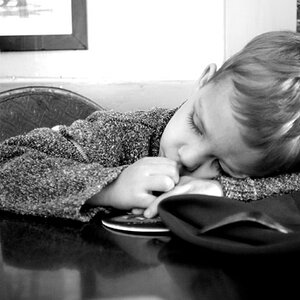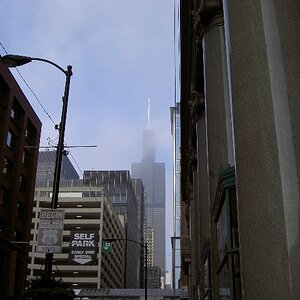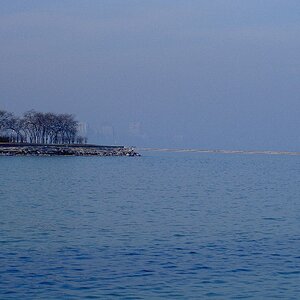Quantum battery packs are not cheap, the PIXEL is a cheaper reliable option for general speedlite use. Really gage it on the amount you use and need your flash as to which is the most cost effective approach.
I would probably get a compatible Yongnuo pack since they are way cheaper. I'm sure not better than the quantum, but in my budget.
I think you are a bit confused. The Quantum Battery pack mentioned is not at all like the Yongnuo. The Quantum is expensive because it has it's own battery and voltage regulator. It is not a compartment that holds batteries like the Yongnuo. The Quantum will out perform the standard battery packs like the Yongnuo in number of flashes and recharge time. That is what you are paying for. The confidence that if you are shooting a 7 hour wedding and reception or some other long event, you will have the power to shoot from beginning to end with no worries.






![[No title]](/data/xfmg/thumbnail/37/37122-e7c1a36f5447b051c769eb1c990f8b41.jpg?1619737883)







